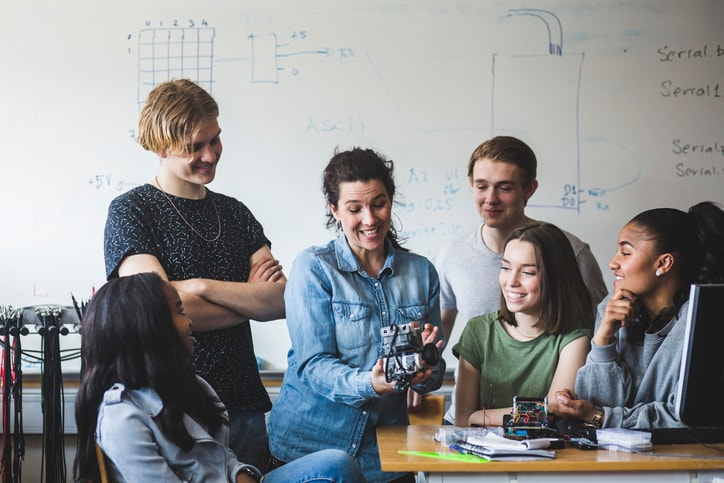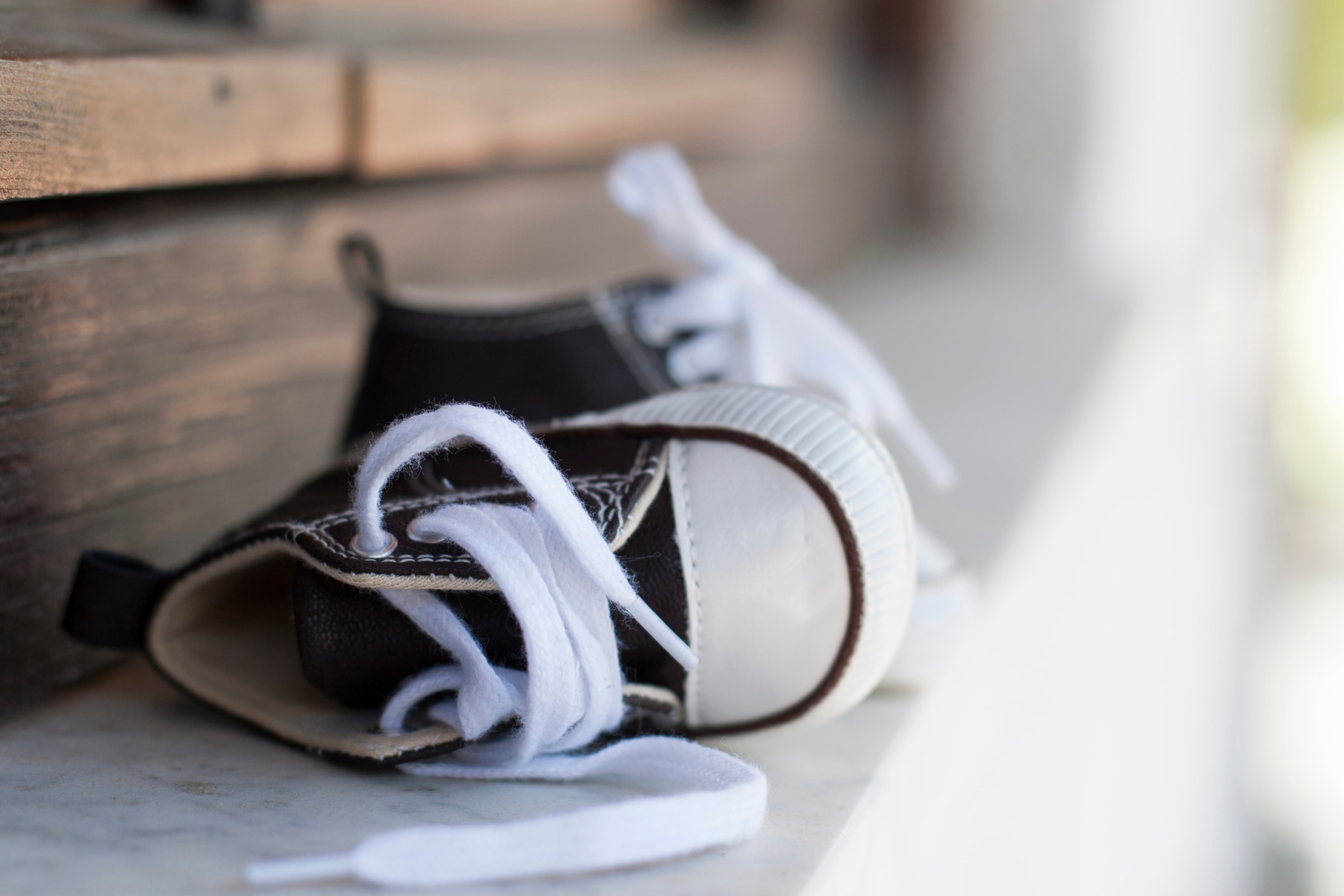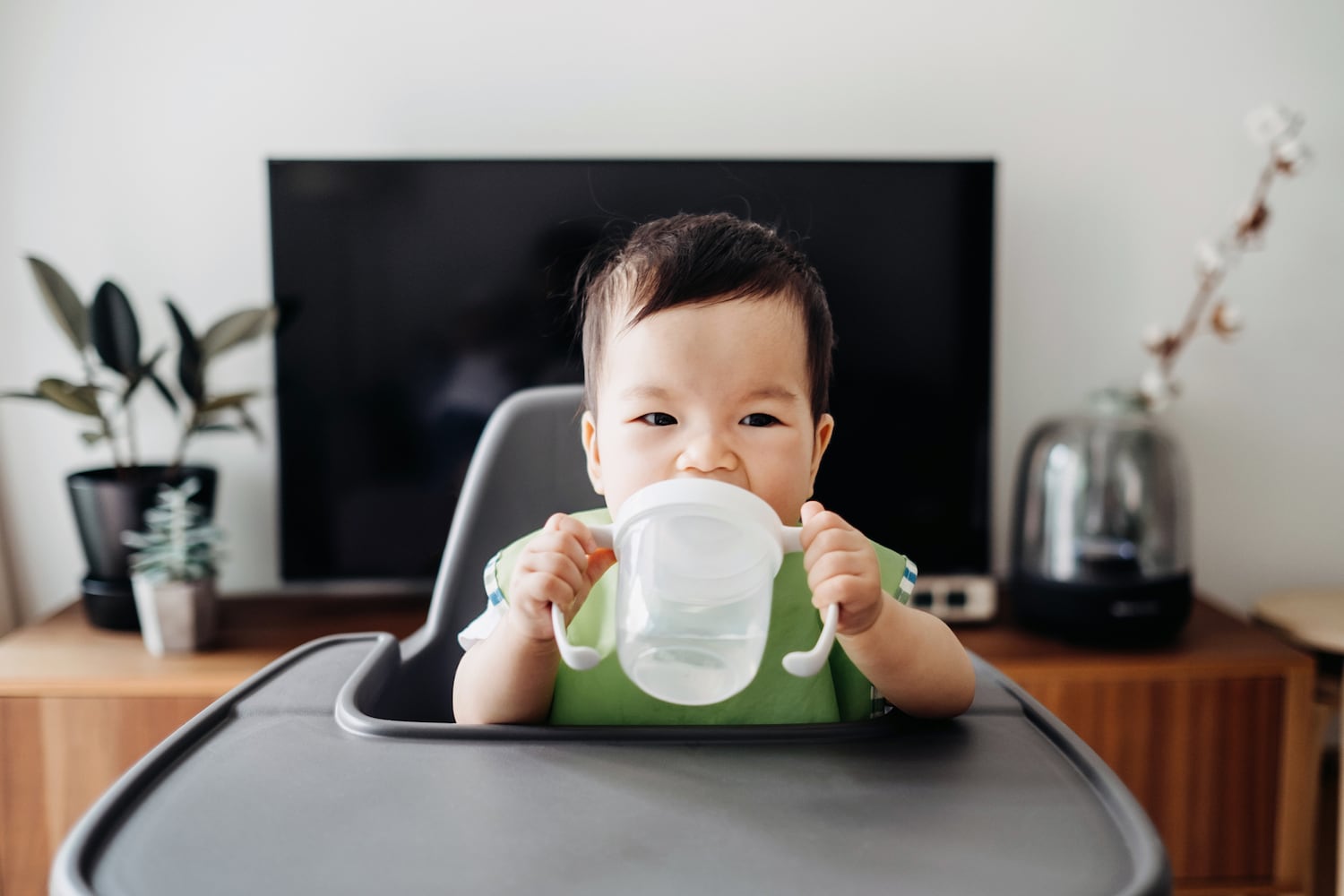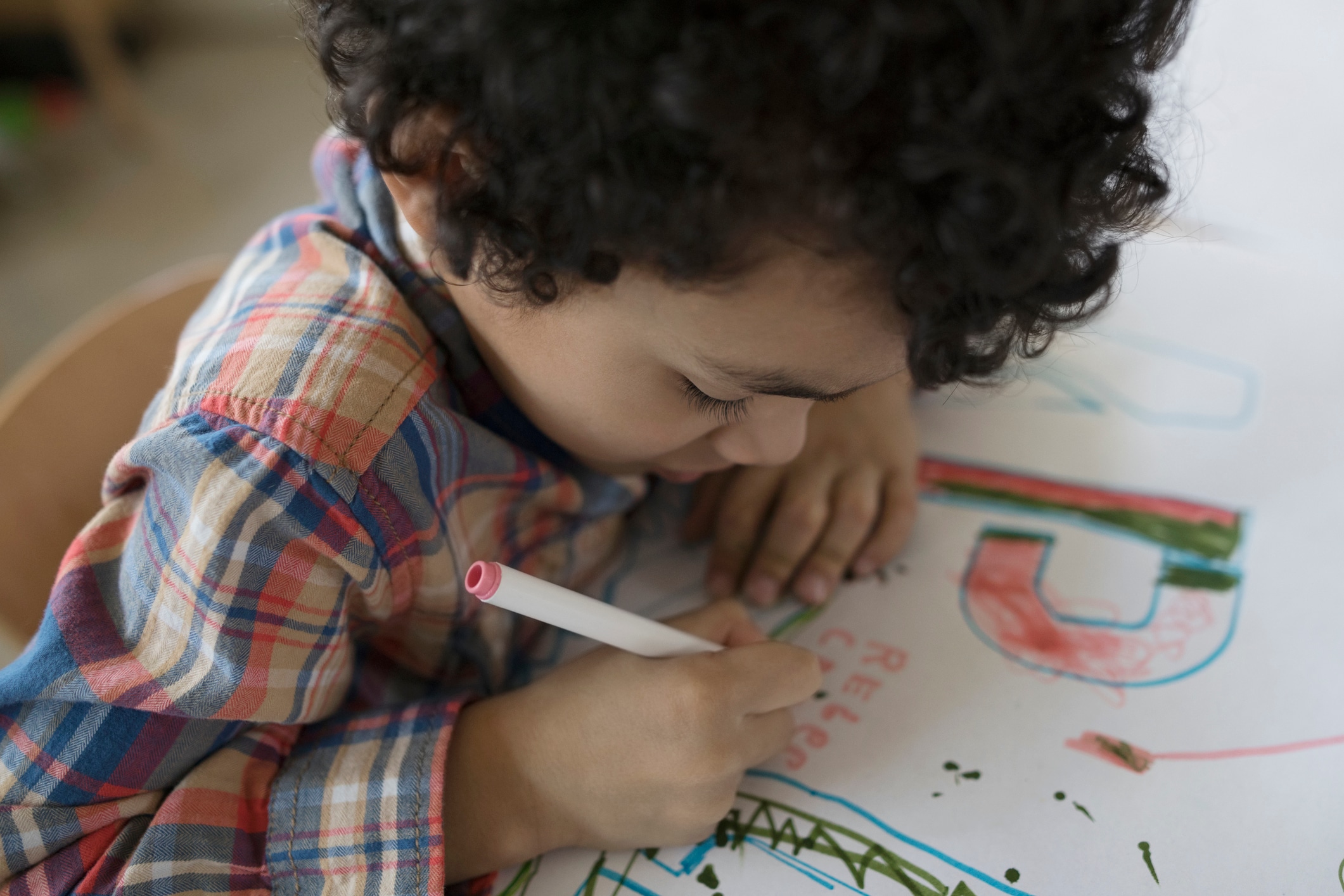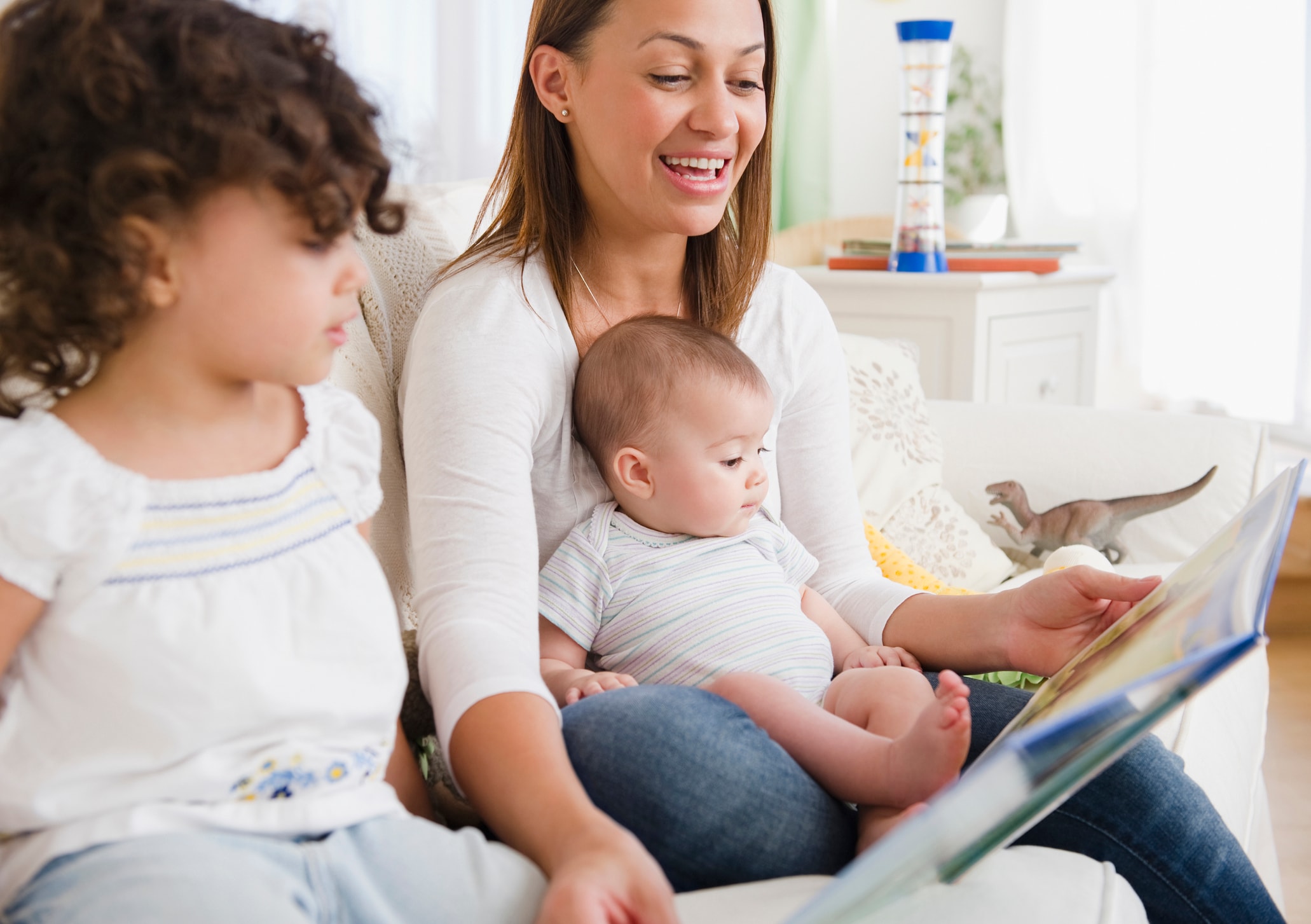While some students thrive in traditional lecture-based classroom environments that assign daily or weekly homework, many need hands-on work and real-time discussions to truly grasp information. One education model that incorporates the latter? A flipped classroom.
Simply put, it’s exactly what its name suggests: “A flipped classroom ‘flips’ the type of work being at home and at school,” explains Shari L. Camhi, doctor of education and superintendent of schools at Baldwin Union Free School District in Baldwin, New York. “Where most think of learning new material in class and then practicing or memorizing for homework, a flipped classroom asks the student to learn and understand context and content before class so they can use the content in a deeper way while in class.”
Here’s an expert breakdown of the flipped classroom model — from the benefits and drawbacks of this style of learning to the age groups and grade levels where it’s most often used.
“Where most think of learning new material in class and then practicing or memorizing for homework, a flipped classroom asks the student to learn and understand context and content before class so they can use the content in a deeper way while in class.”
— Shari L. Camhi, doctor of education and superintendent of schools
What is a flipped classroom?
There are a number of ways to execute a flipped classroom, but at its core, it’s a “reversal of the traditional learning environment,” notes Deb Harrison, an education growth and change consultant and former teacher. “Students may watch online lectures, collaborate in online discussions or carry out research outside of the classroom,” Harrison explains. “Then classroom time is focused on doing activities to apply the learnings — many of which would have traditionally been considered homework — with the guidance of a teacher.”
“Classroom time is focused on doing activities to apply the learnings — many of which would have traditionally been considered homework.”
— Deb Harrison, education growth and change consultant and former teacher
“Flipped classrooms emphasize active learning,” adds Chris Morett, a higher education consultant whose focus includes the design and utilization of classrooms and other spaces. “Students are generally reading or doing some sort of work at home and then coming to class, ready to participate and work through problems and collaborate with others.”
The goal, notes Benson Yinan Chang, co-founder of Knovva Academy, is to “increase student engagement and learning by having students complete readings at home and work on problem-solving together during class time.”
What grade levels use a flipped classroom?
“The flipped classroom model is most often used by grades 9-12, but you can also find it in middle school age groups,” Yinan Chang notes.
Morett adds that flipped classrooms are often used in higher education, as well.
And while this particular model has historically been used with older students, flipped classrooms have become more widespread in recent years, according to Harrison. “With the increased availability of technology and online resources, elementary schools are experimenting with this model to some degree,” she says. “The level of application of the method is dependent on age, subject, purpose and more.”
“The flipped classroom model is most often used by grades 9-12, but you can also find it in middle school age groups.”
— Benson Yinan Chang, co-founder of Knovva Academy
What are some examples of flipped classroom learning?
In a flipped classroom model, students need to come to class prepared to “go deep” with what they’re learning — this means work is necessary on the front-end. Here are some examples of what students may be asked to do at home, and then how they’ll apply their base knowledge in the classroom.
Flipped classroom activities that may be done at home
- Completing preparatory reading.
- Viewing videos the instructor has either created on YouTube or another platform.
- Listening to podcasts.
- Coming up with questions for in-class time.
- Answering polls or questionnaires the teacher has prepared.
- Collaborating with other students via forum, email or social media.
Flipped classroom activities that may be done in class
- Engaging in discussions, which may include things like Q&As, group investigations or debating.
- Participating in hands-on group projects.
- Practicing “think aloud” problem-solving.
- Giving presentations.
- Playing games.
- Taking part in role-playing activities.
- Interacting through think-pair-share, by which students are asked to think about a question and then pair up with a peer to talk their answers through.
The benefits of a flipped classroom
No education model is one-size-fits-all, but there are a number of potential benefits to flipped classrooms for students, including:
Deeper understanding of material. “Teachers can spend less time introducing new topics and more time developing a deeper understanding of the subject that students require,” notes Yinan Chang. “With flipped classrooms, teachers also have more time to build tailored, engaging lessons.”
“If students are going to get into deeper learning in school,” Camhi adds, “setting the base for learning must happen prior to interaction with the teachers, whose skill sets are better utilized for helping to develop understanding and meaning.”.
Pace flexibility. “Students can learn at their own pace outside of class with a flipped classroom,” Harrison says. “They can pause, rewind and review content.”
Teachers can better see how students are progressing. “This model often gives the teacher a better window into what and how the students are learning,” Morett says. “They’re hearing them talk it out, as opposed to just seeing an answer on a paper.”
“This model often gives the teacher a better window into what and how the students are learning. They’re hearing them talk it out, as opposed to just seeing an answer on a paper.”
— Chris Morett, a higher education consultant
Increased engagement in the classroom and real-time feedback. “Classroom time can be used for interactive activities, such as group discussions, projects and hands-on exercises,” Harrison explains. “This allows teachers to provide feedback on the applications of the information in real time.”
Students develop independent learning skills. In addition to honing their individual learning style and abilities, the flipped classroom model, Yinan Chang notes, can help students stay caught up when absent, as they’re building a deeper understanding on their own terms.
Different learners can leverage the model. “Students who have varying speeds of understanding can benefit from flipped classrooms,” Yinan Chang says. “Students who read quickly and understand material right away can get bored with traditional learning, and flipped classrooms allow them to spend less time on the material. On the other hand, students who need to read the material several times over in order to understand can take all the time they need when working outside of a classroom.”
The drawbacks of a flipped classroom
The flipped classroom model can allow students to take a deep dive into subjects, but potential drawbacks include:
Organizational (and motivational) skills are required. “A flipped classroom can require more planning and detail,” Yinan Chang says. “Students need to take more initiative and be clear on what their assignments outside of the classroom entail. Otherwise, they will fail to complete the learning required to move to the deeper understanding level.”
“With this model, teachers are counting on students to complete the reading or watch the videos and be ready to go,” adds Morett.
Teachers require more nuanced skills. “This model also requires teachers to have a more complex skill set, wider range of knowledge base and comprehensive teaching methods to match varieties of student initiatives,” says Yinan Chang. “Teachers need to react as fast, as agile and as strong as students.”
Disparities hinder learning. While phones and tablets seem ubiquitous lately, not every student has access to a device or internet at home, Harrison and Morett note, which can make the baseline work impossible to complete.
Since the pandemic, Camhi says, “most school systems are providing technology to students.” However, that doesn’t solve the issue of internet access.
More difficult to solve, Morett notes, is the fact that “not every student’s home is conducive to learning, which can cause them to fall behind.”
Delays in answers. “When learning new material outside of school, students may have questions that can’t be immediately addressed by a teacher,” Harrison notes. “Sometimes these answers are needed in order to proceed through the material and comprehend it.”
Increased screen time. Since flipped classrooms require students to do substantial work on the front-end, they “may end up spending excessive time on screens,” Harrison says. Excessive screen time, research has shown, can be harmful to kids developmentally.
Introverted students may have a hard time. No form of learning works for every personality, but in the case of flipped classrooms, Morett notes, shy kids may have a difficult time. “Some students are horrified to talk out loud and share their answers with the class,” he notes. “So, there is an element of ‘how comfortable are you interacting with others?’ to this model.”
The bottom line
Is a flipped classroom right for every child? No. But no single form of instruction or learning is right for every child, Yinan Chang explains.
“However, the model can be flexible enough that it can cater to different student and teacher needs,” he says. “Not every part of instruction needs to be flipped — education is flexible.”
